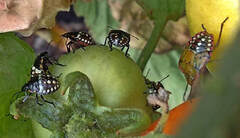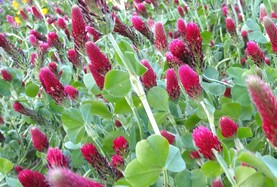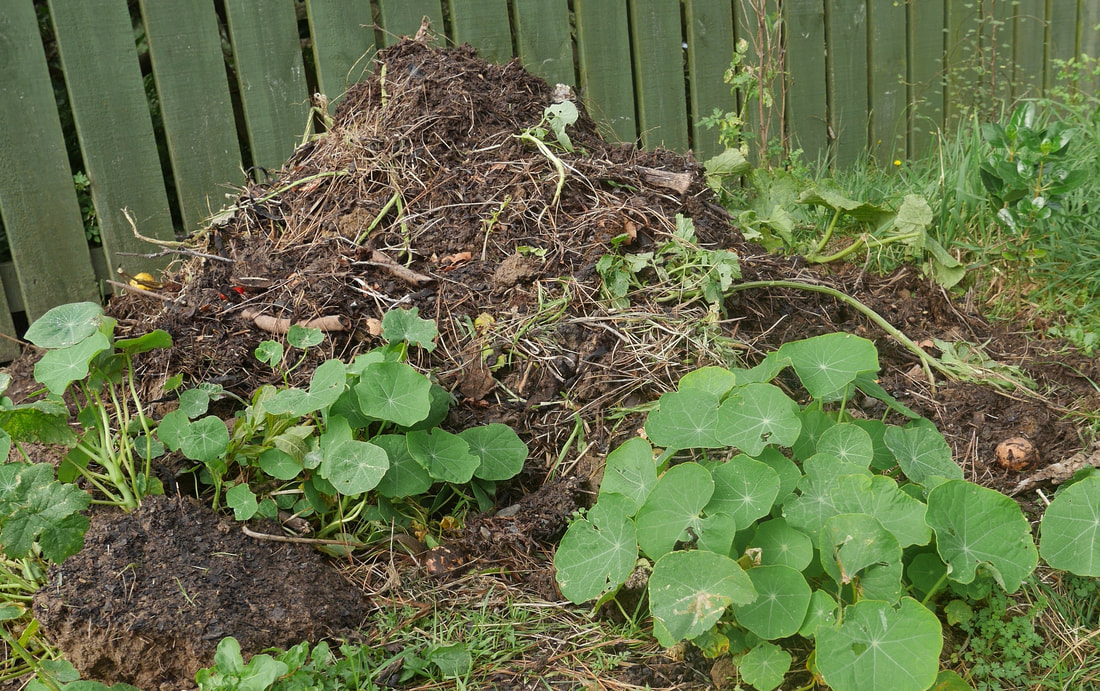|
There are many reasons that a plant may not thrive, or it may thrive then get sick. Plants like people, have a variety of tastes and needs. Plant health factors Here are some things to consider when diagnosing plant problems.  The green vegetable bug (aka stinkbug) uses its needle-like mouthparts to feed on developing flowers, fruit and seeds. The green vegetable bug (aka stinkbug) uses its needle-like mouthparts to feed on developing flowers, fruit and seeds. Position Is the plant in the right place and does it have the conditions it needs or avoid the conditions it can’t handle? Eg, sun, shade, soil type: clay, sandy, loam, damp, dry, wind. Food Is it getting the right mix of nutrients (nitrogen, phosphate, potassium and trace elements?) for its needs? Nutrients Is the soil washing off in the rain and taking nutrients with it? Water Is the plant getting enough, or too much, water? Foes Are there visible pests? Eg insects, eggs, chewed leaves, silvering leaves, distorted growth. What about pathogens, viruses and bacteria? Mildews, rusts. blights, galls, dieback? Soil What is happening in the soil? Pests such as grass grubs, unhealthy bacteria etc. Underneath Do you know what is under the garden itself? If underneath is clay, compacted soil, concrete or rock-fill, plant roots may not be able to get the water and nutrients they need. There could be contaminated soil from long ago. See Repairing the soil for a good place to start bringing your soil back to life.
0 Comments
We want to encourage a diverse kingdom of creatures in the soil.Many of the gardens we work in haven’t had attention for several years and the soil is dormant. We want to build a healthy underground soil kingdom. This is the soil food web - a complex community of microbes, bacteria, fungi, protozoa, nematodes, and more. These all deliver benefits to the soil, the plants, and the people who eat those plants. How we improve the soil  Crimson clover adds nitrogen to the soil, feeds bees and looks good. Crimson clover adds nitrogen to the soil, feeds bees and looks good. To do this we need to kick start and keep improving the soil. Some ways to do this:
We work with what’s there rather than make radical changes. With some gentle input from us, we work with nature to restore balance. Just as it took a while to deplete the soil, improving it isn’t a quick fix.
Read Soil - the basis of garden health The ideal garden is a healthy ecosystem where plants, insects, birds, microbes, lizards, ie nature, work together, as they did before people started interfering with the land. A key part of a healthy ecosystem is the essential life in the soil: the microorganisms, insects, fungi and a heap of creatures we can’t see. How the land gets damaged When land has been worked and planted to create a certain look or function, essential aspects are removed over the years resulting in soil which can’t function properly and goes dormant.
Many factors contribute to dormant soil. For example, cultivation, earth works, chemicals eg fertilisers, mono-culture planting and bare soil . Also maybe no organic matter has been added to replace nutrients the plants use. Some of these problems are unavoidable, but for others we can try different practices to get a result that works for us and our garden. See Repairing the soil |
Categories
All
Archives
January 2024
|



 RSS Feed
RSS Feed